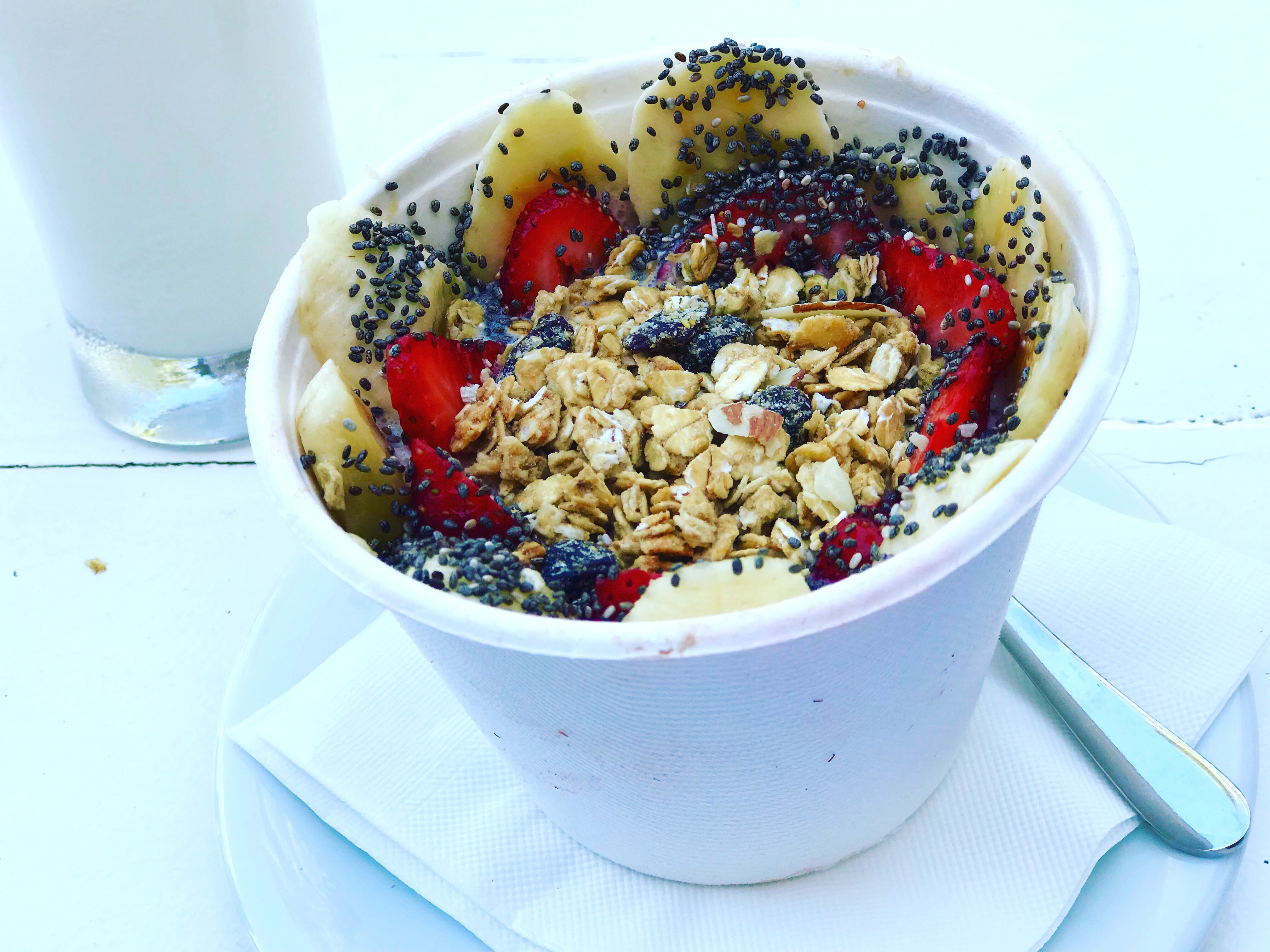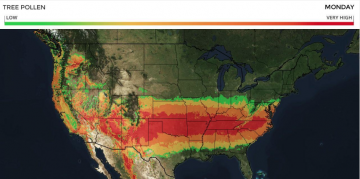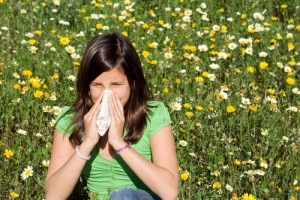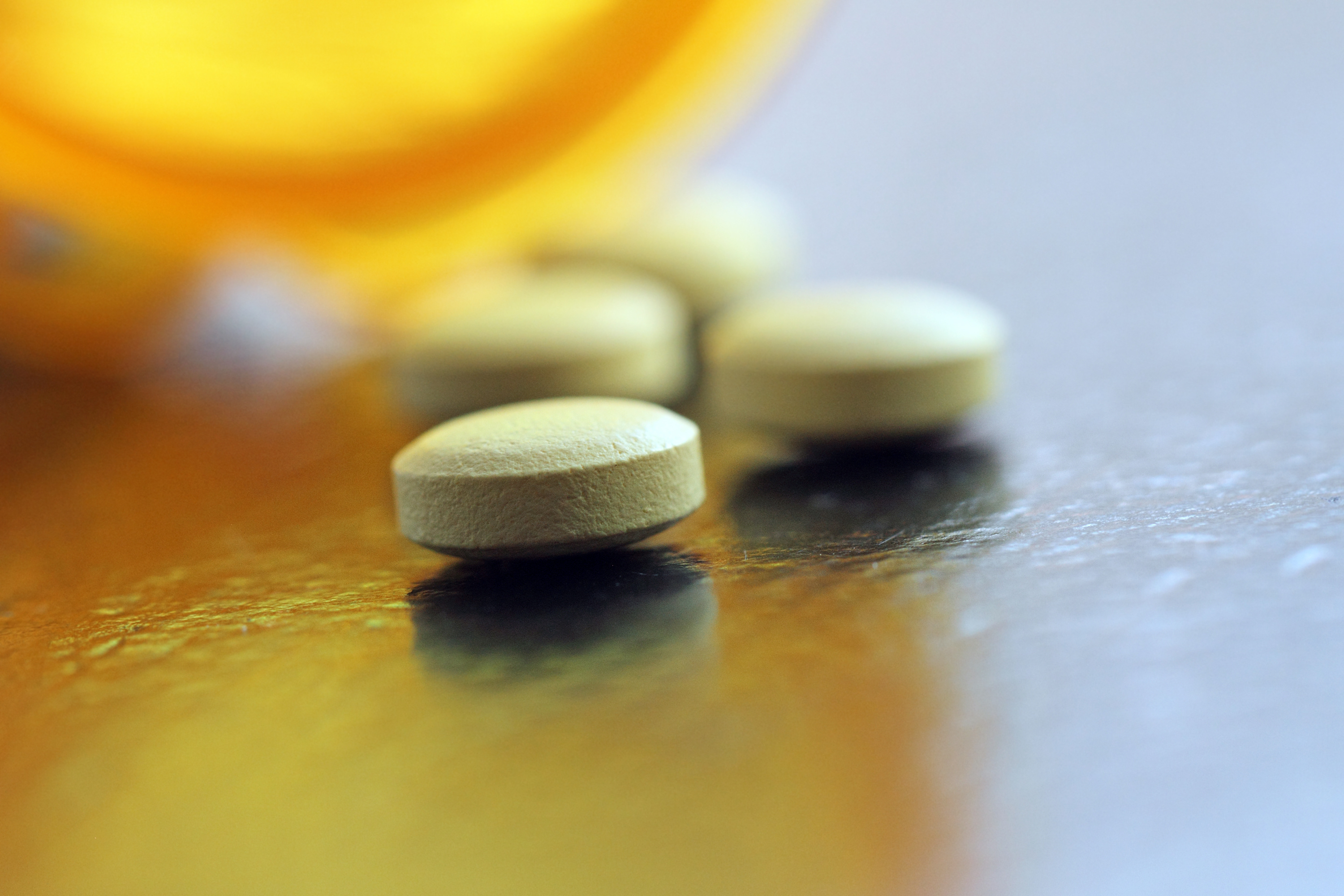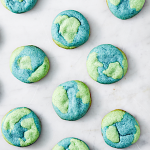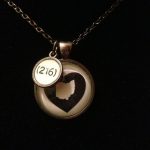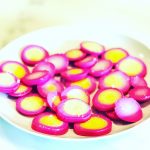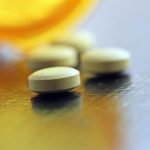What’s the Deal With Healthy Fat?
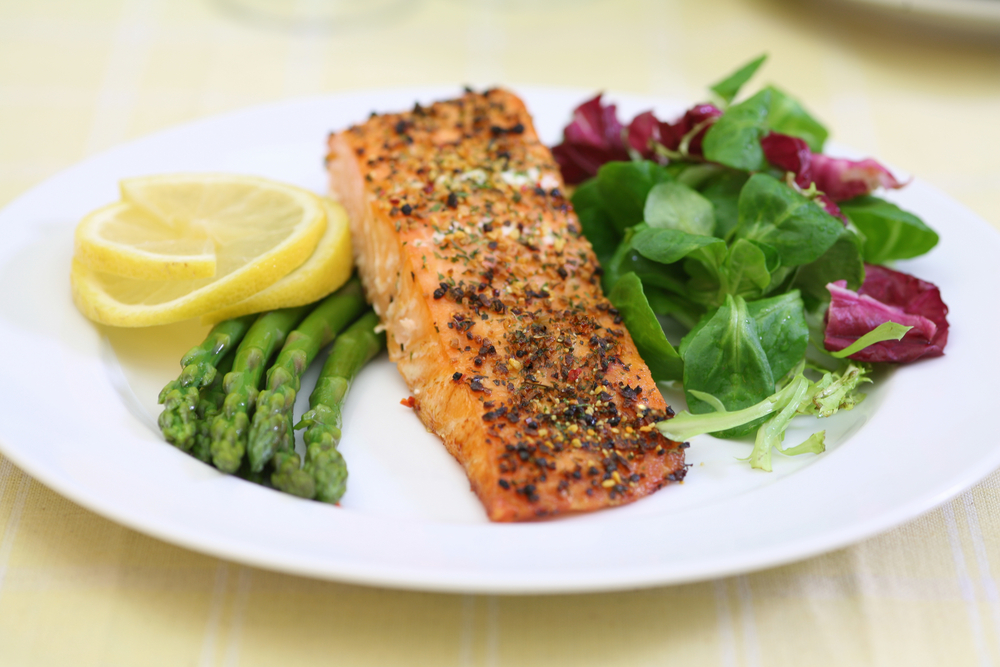 In the 90s, anyone trying to be healthy and/or lose weight avoided fat best they could. Fat = Bad. Then, little by little we started to welcome fat into our diets. We learned there is good fat and bad fat, just like there is good cholesterol and bad cholesterol, and the avocado industry let out a collective sigh of relief. How does this work? How can fat, which is known to clog our arteries and increase our waistline be a good thing?
In the 90s, anyone trying to be healthy and/or lose weight avoided fat best they could. Fat = Bad. Then, little by little we started to welcome fat into our diets. We learned there is good fat and bad fat, just like there is good cholesterol and bad cholesterol, and the avocado industry let out a collective sigh of relief. How does this work? How can fat, which is known to clog our arteries and increase our waistline be a good thing?
First, here are some examples of foods that are fatty and still good for you:
avocado
nuts
eggs
chia seeds
extra virgin olive oil
cheese (the less processed, the better)
dark chocolate (at least 70% cocoa
salmon and other fatty fish
All of these foods have high fat contents, e.g. 77% of the calories in an avocado is fat, and yet nutritionists will tell us they are good for us. Why? Our body needs fat, for energy, for the composition of our cell membranes, for our nerve conduction, for our muscles, and much more. Good fats are mono and polyunsaturated fats. They all have the same caloric value, so from a strict weight loss standpoint, they are all equal. However, substituting unsaturated fat for saturated fat will result in better health. If you think of a spectrum of fat, think of it like this:
Mono/Poly Unsaturated fats (liquid at room temp) —> Saturated fats (solid at room temp) —> Trans fats (man made)
Good fats will lower your cholesterol, boost your energy, fill you up, and protect your heart and your brain. When eaten as part of a healthy balanced diet full of fruits, vegetables, lean protein and whole grains, you can forget about the “fat” and feel better about the “good.”
25+ Healthy Toppings for Your Breakfast Bowl
Find out what the pollen count is today.

5 Things You Shouldn’t Do if You Have Allergies
Read This Before You Pop a Sleeping Pill
5 Foods That Might Make You Sicker
Off the Beaten Path in Puerto Rico: Ponce

